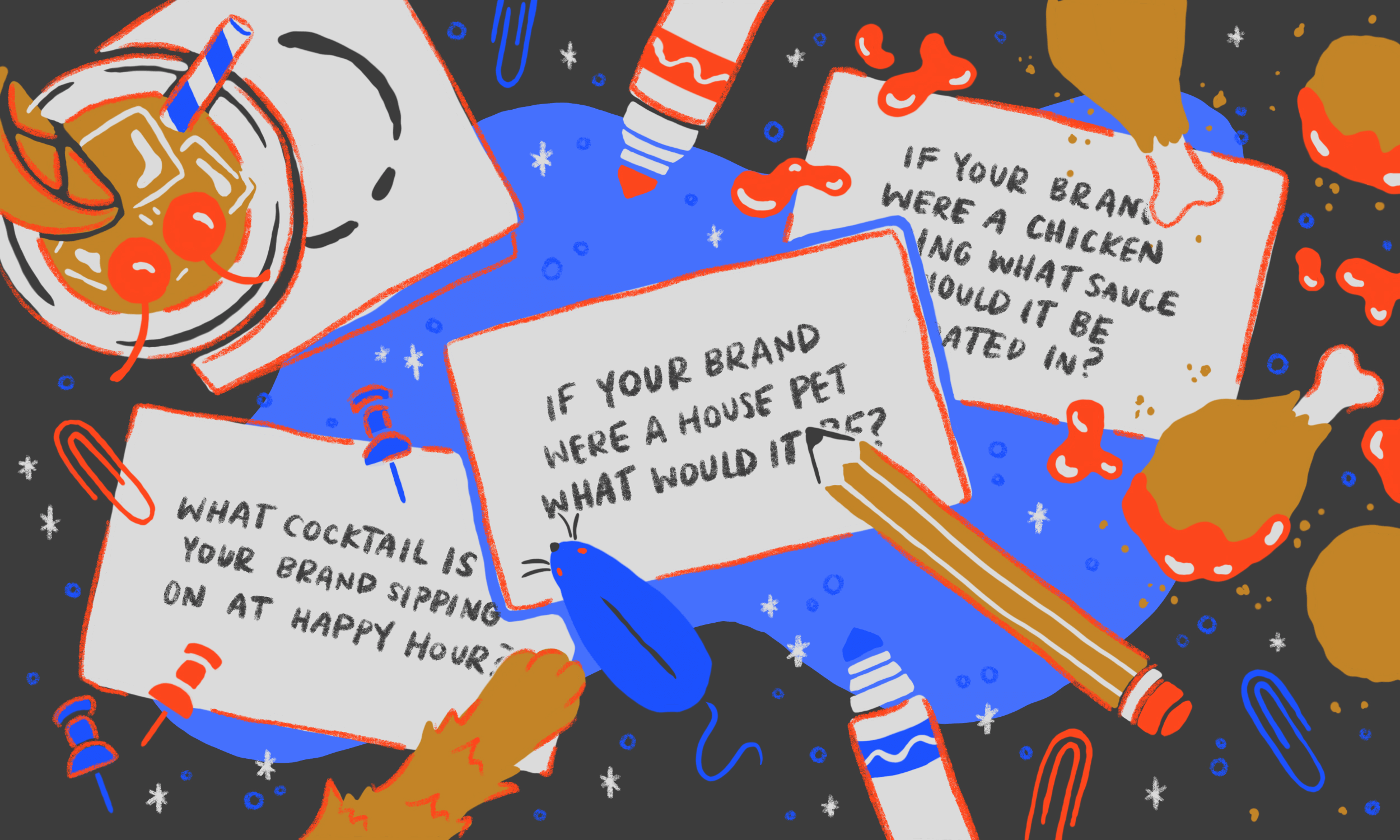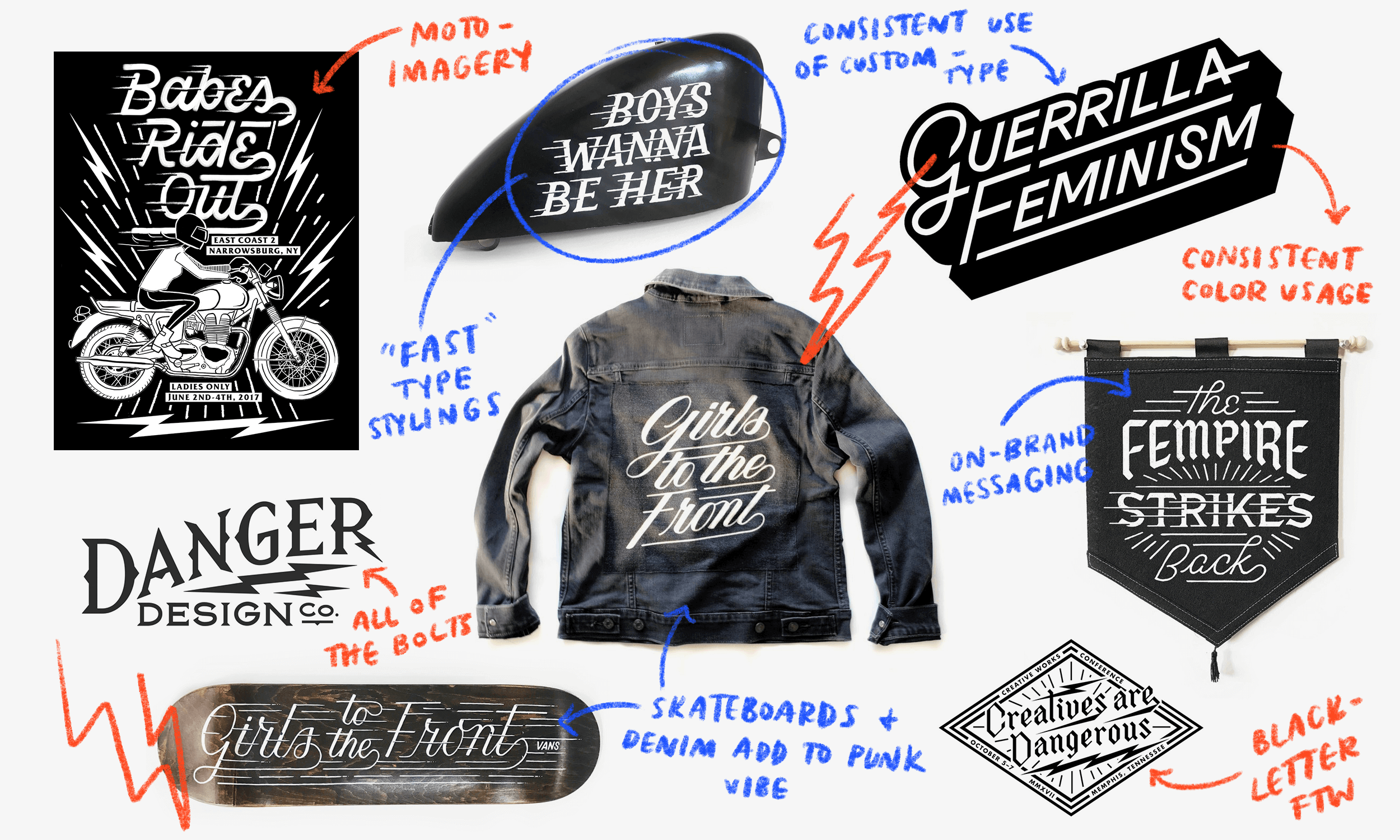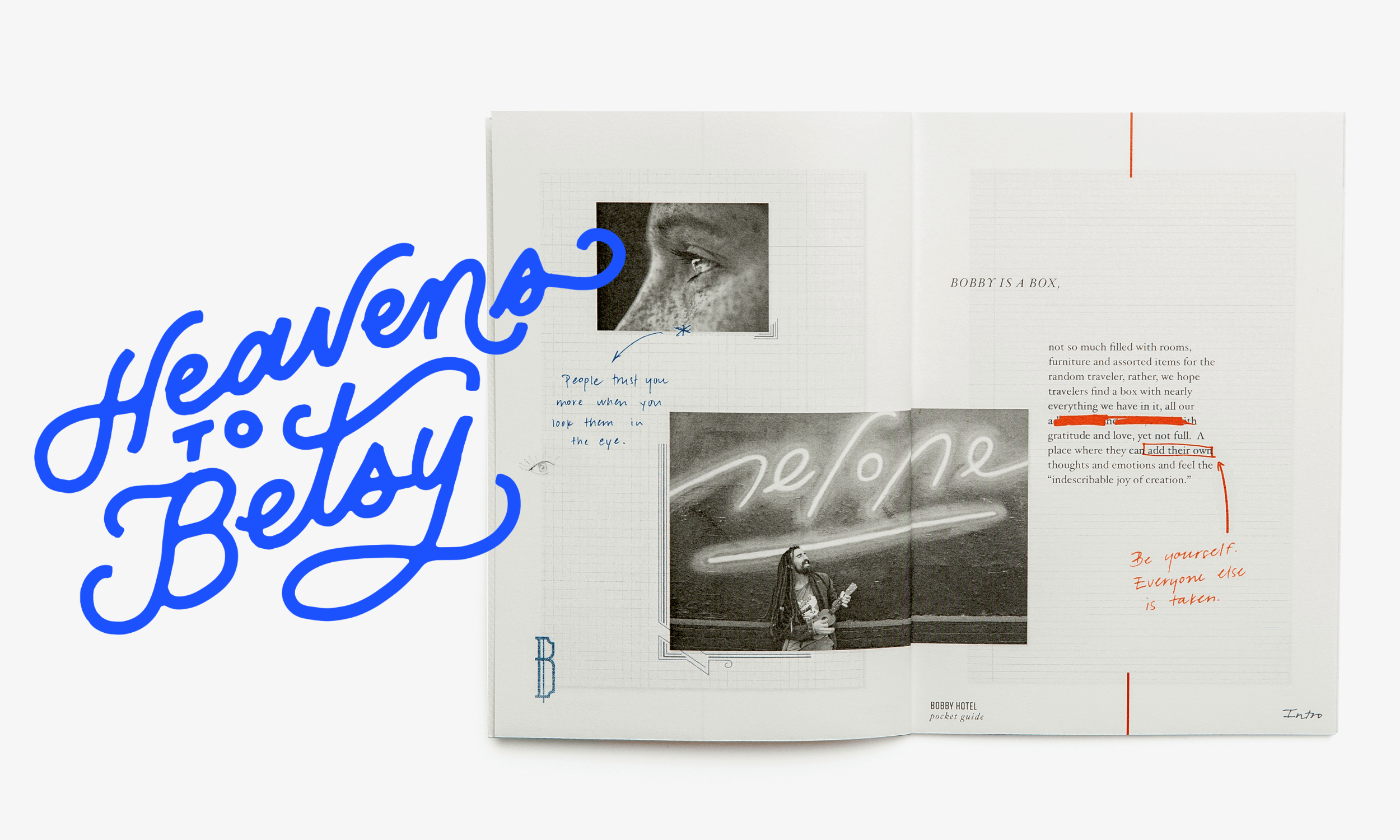What causes a person to try a product for the first time? Why do you keep going back to that same old pizza joint? The pepperonis?! (maybe) No! It’s the PERSONALITY! That brand (whatever the service or product may be) gives off a certain energy that you connect with on a personal level. It’s a combination of designed elements such as the logo, menu, etc., the spacial vibe (or decor as some would call it), the customer service and their language, the benefit of the product or service (pizza in this case), and a ton of other things down to what beverages they serve. When it comes to either building a brand from the ground up or just reevaluating where the brand is at, there’s never been a more important time than NOW to consider and develop your brand’s personality. With society’s continual gravitation towards social media, the manner in which you portray your personal brand or your business/product/service is crucial to your success. However, your online presence is not the only factor contributing to your brand’s personality. Your brand’s real-world presence plays an important role as well. There are endless components that make up a brand’s “personality,” and these are just a few of them: imagery (including logomarks, illustrations, photography, patterns), color usage, brand messaging and voice, sound and smell, and elements such as texture, paper selection, packaging, etc. These elements are CRUCIAL to consider when going through the branding process.
Give Your Brand a Pop Quiz
Anytime you meet someone new, the first thing you do is ask them questions about themselves, right? You want to get to know them. It doesn’t take too long for you to evaluate and come up with your best estimate as to who that person is. It’s the same when it comes to brands and the branding process. In order to pinpoint the personality of your brand, you’ve got to ask yourself some questions. Typically, brand agencies (including us here at ST8MNT) are pretty great at thinking up unique questions that help provoke thought on the potential personality of your brand. If you’re not necessarily a creative person yourself, guidance can be a very important asset in this stage. After all, your entire brand is built upon this very moment. With or without guidance, you should have a clear idea of the direction for your brand’s personality once you’ve completed this process.

Channeling Your Brand’s Uniqueness
Design trends are constantly changing. It’s important to stay up-to-date with these trends, but never compromise the uniqueness of your brand. There is power in standing out, you just have to make sure you’re doing it in the right way. Your logo is likely one of the first visual elements that people will see and associate with your brand. It’s important to make your mark stand out while still encompassing and reflecting your brand as a whole. The type chosen also plays a huge roll. There are so many different fonts, and ways to pair / use them, out there, each one holding a personality of its own. Take that into consideration. Make sure everything created and chosen shares the same personality characteristics as your brand.
Green Means Go
Color might just be the easiest of the brand personality elements to decode, which also means it has the power to be the most important of the elements. Many times, we, as consumers, don’t consciously think about the color choices of brands that we support or don’t support, but either way it affects our relationships with each brand. From a very young age we begin learning about color and its different meanings. Everyone knows that green means go, and probably that it’s also used to represent money, greed, positive growth, ecological acts, sustainability, environment, etc. Red is often associated with feelings of love, passion or anger. When choosing colors to represent your brand, DO YOUR RESEARCH! Dig deep and learn about any and all meanings associated with your chosen color. Do some experimentation, and get feedback from knowledgeable sources. Go beyond specific color meaning, research various color palettes, maybe ones that were popular in a different decade. Final note on colors: they do clash, be wary.

I’m Not Shouting, You Are
Everyone wants to be heard, and in order to do that you’ve got to make your voice stand out. To make your voice stand out, you’ve got to get creative with your copywriting and choose your words wisely. To be well-versed in different types of slang from different areas and eras is a great asset to have. Always be observant of the way that brands speak to you. Analyze how the words made you feel, was it a positive experience or a negative experience? A great example of the careful curating that goes into brand messaging is the Bobby Hotel. As a team, we had to think back and remember the golden language of our grandparents and growing up in the south. By combining these flirtatious old southern proverbs with a bit of current language, and confidence, we landed on “Bobby’s Voice”. The messaging used for Bobby is such an important part of the brand personality as a whole, which is a great example of the weight and importance that brand messaging carries.

Leverage Your Personality Through Social Media
Establishing your brand personality and then leveraging that is really what is going to set your brand apart from the rest. It takes a lot of hard work, research, time, dedication and understanding to successfully pull this off, but will always be worth it in the end. Social media has a great power over our society, but as designers and brand owners or managers, we have the opportunity to take advantage of that. With each post that a person scrolls past on instagram, they are exposed to at least one brand (and probably even more than that). Most of us place high value on brands that have a strong social media presence, and it’s no secret as to why those brands have more success than others that do not have such a strong presence. If you want to be the brand that stops a person from scrolling to the next post, you’ve got to get your personality on point. Simple as that.

